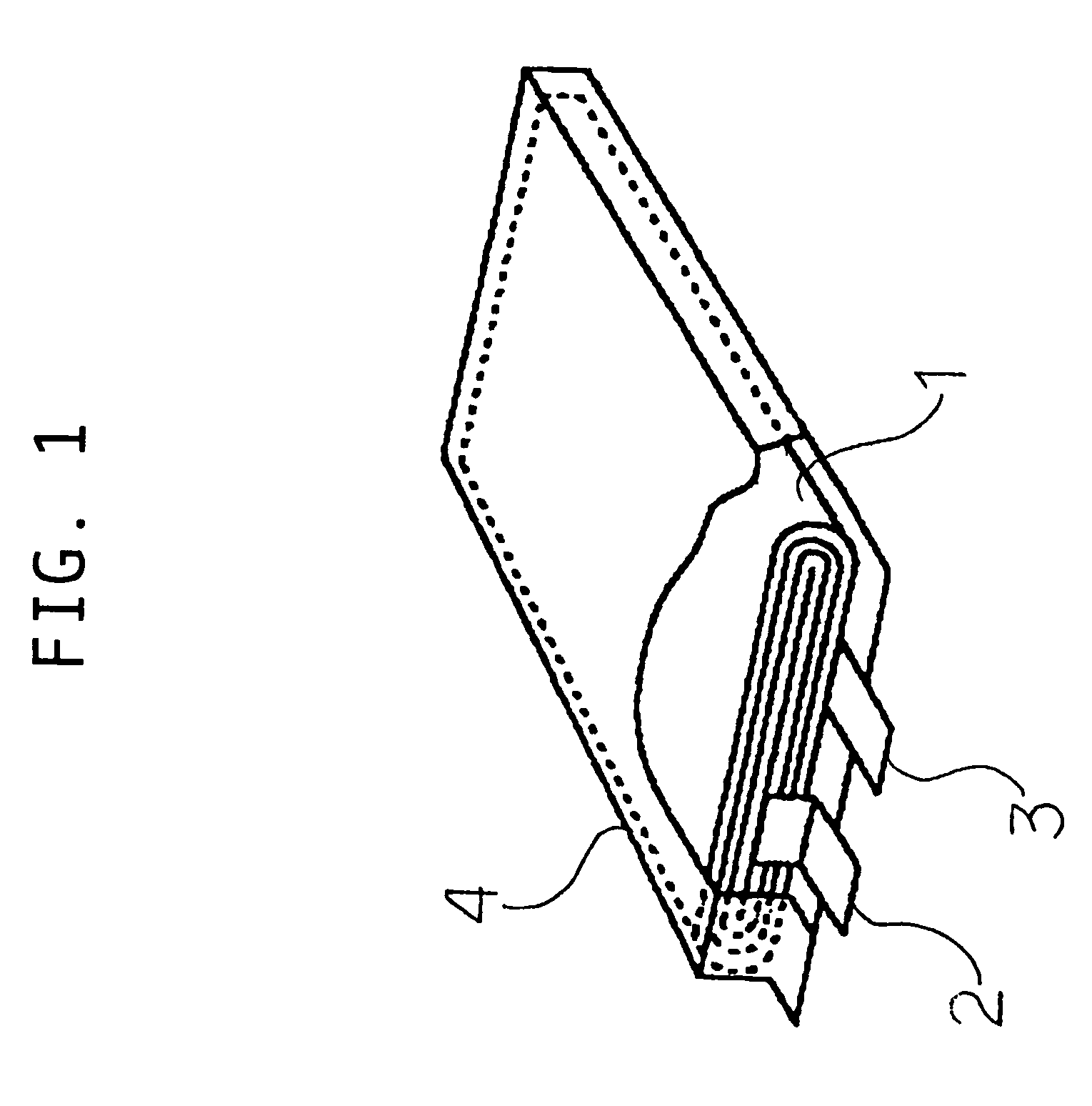Electrolytic solution for secondary battery and secondary battery containing the same
a secondary battery and electrolytic solution technology, applied in secondary cell servicing/maintenance, non-aqueous electrolyte cells, electrochemical generators, etc., can solve the problems of imposing significant limits on the miniaturization of a battery pack and cost savings, thermal instability of active materials in the positive electrode, damage to the battery or the ignition of the battery, etc., to improve the safety of a battery in an overcharged state, excellent battery characteristics, excellent safety
- Summary
- Abstract
- Description
- Claims
- Application Information
AI Technical Summary
Benefits of technology
Problems solved by technology
Method used
Image
Examples
example 1
[0071]An electrolytic solution was prepared by mixing the diazine N,N′-dioxide compound represented by formula (2) in an ethylenecarbonate-diethylcarbonate mixed solution (mixture ratio 3:7 by volume) containing 1 mol / l (1M) of electrolytic salt LiPF6, so that the compound constitutes 3% by weight of the mixture.
[0072]LiCoO2, conductive adjuvants (acetylene black and artificial graphite) and polyvinylidene fluoride were dispersed and mixed in N-methyl-2-pyrrolidone, and the mixture was applied over aluminum foil to obtain the positive electrode. On the other hand, natural graphite and polyvinylidene fluoride were dispersed and mixed in N-methyl-2-pyrrolidone, and the mixture was applied over copper foil to obtain the negative electrode. In addition, a nonwoven polypropylene fabric was utilized as a separator.
[0073]After attaching tabs to the positive and negative electrodes, the electrodes were stacked in layers with the separator between them, and wound to form an electrode element...
example 2
[0074]A battery was produced in the same manner as in Example 1 except for using an electrolytic solution and a positive electrode, in place of those used in Example 1, as follows:
[0075]electrolytic solution: an electrolytic solution obtained by mixing the diazine N,N′-dioxide compound represented by formula (3) in an ethylenecarbonate-diethylcarbonate mixed solution (mixture ratio 3:7 by volume) containing 1 mol / 1 of electrolytic salt LiPF6 so that the compound constitutes 3% by weight of the mixture;
[0076]positive electrode: a positive electrode obtained by dispersing and mixing LiNiO2, conductive adjuvants (acetylene black and artificial graphite) and polyvinylidene fluoride in N-methyl-2-pyrrolidone, and applying the mixture over aluminum foil.
example 3
[0077]A battery was produced in the same manner as in Example 1 except for using an electrolytic solution and a positive electrode, in place of those used in Example 1, as follows:
[0078]electrolytic solution: an electrolytic solution obtained by mixing the diazine N,N′-dioxide compound represented by formula (4) in an ethylenecarbonate-diethylcarbonate mixed solution (mixture ratio 3:7 by volume) containing 1 mol / 1 of electrolytic salt LiPF6 so that the compound constitutes 3% by weight of the mixture;
[0079]positive electrode: a positive electrode obtained by dispersing and mixing LiNiO2, conductive adjuvants (acetylene black and artificial graphite) and polyvinylidene fluoride in N-methyl-2-pyrrolidone, and applying the mixture over aluminum foil.
PUM
| Property | Measurement | Unit |
|---|---|---|
| constant voltage | aaaaa | aaaaa |
| constant current | aaaaa | aaaaa |
| constant voltage | aaaaa | aaaaa |
Abstract
Description
Claims
Application Information
 Login to View More
Login to View More - R&D
- Intellectual Property
- Life Sciences
- Materials
- Tech Scout
- Unparalleled Data Quality
- Higher Quality Content
- 60% Fewer Hallucinations
Browse by: Latest US Patents, China's latest patents, Technical Efficacy Thesaurus, Application Domain, Technology Topic, Popular Technical Reports.
© 2025 PatSnap. All rights reserved.Legal|Privacy policy|Modern Slavery Act Transparency Statement|Sitemap|About US| Contact US: help@patsnap.com



